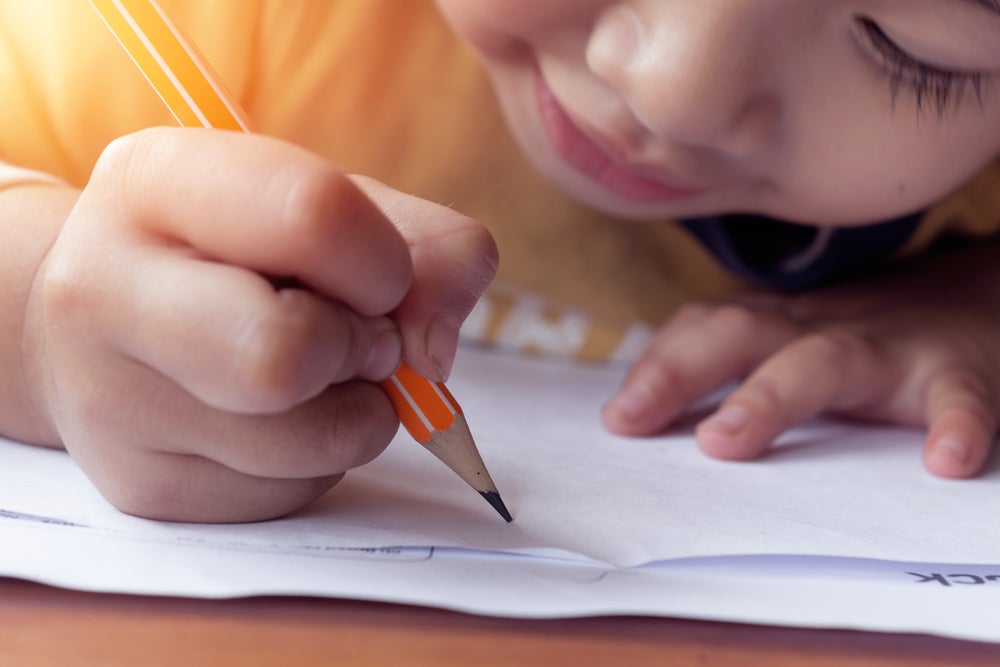Villa Esperanza, is a shantytown of unpaved streets and low-slung tin-roofed house, a place where the prospects for children would seem grim. Most adults in the town outside Lima work selling goods on the street or in other low-paying jobs. Many are illiterate, and the social problems, ranging from gangs to high levels of alcoholism, disease and domestic violence, might snuff out hope for even the most talented and determined.
But in 2011, the second grade in a Catholic school in Villa Esperanza outperformed all Lima’s private and public schools on the national exam in math, and since has consistently scored in the top 3%. Today, in the top rankings, the school sends at least 50% of its graduates to universities and from there on to professional jobs like engineering and business administration.
Setting an example in a region with poor test results
The story of the school, Fe y Alegria No. 58 Mary Ward, might serve as an example in a region where despite big increases in education spending, education is often second rate. Latin American and Caribbean countries ranked in the bottom half of the proficiency distribution in math, reading and science among 72 participating nations in the most recent Programme for International Student Assessment (PISA). For very poor students, results are usually worse. The region’s gaps in skills development between rich and poor are far higher than in the developed world.
The school in Villa Esperanza, running from pre-school through secondary education, however, has excelled. It has a dedicated teaching staff. It has an educational approach based on practical learning and good technology. And it has a generous support system for students and parents, including psychological counseling and workshops for parents in how to better train and discipline their kids.
The story of its success begins in 2002 when Sister Patricia McLaughlin, an Irish nun and teacher, inaugurated three classrooms at the petition of local mothers who wanted a better education for their children. Sister McLaughlin understood that the key to a good school were its teachers. So she made candidates for teaching jobs teach a class to see how they connect with students before hiring them and, once hired, insisted that they attend any and all training sessions offered by the government and Fe y Alegria’s main office in Perú.She also paired junior teachers with more experienced ones as part of a mentoring program.
New approaches to reading and math
Reading was essential. Sister McLaughlin set up a program in which students were given special bracelets when they read a certain number of books and then honored in public ceremonies. As a result, many students were devouring books, some reading up to two books a week.
Much of math learning, meanwhile, was based on practical learning. Children, in essence, learned difficult concepts by relating them to their daily lives, whether that was shopping in the local market or building a home. As the school expanded to 30 classrooms and 1000 students with generous donations from Peruvian businesses and foreigners impressed with the school’s quality, it also acquired a computer lab. And that, in turn, led to close coordination between math and reading teachers and the lab instructor in areas of learning that needed strengthening.
Workshops and counseling for child abuse
In Latin America and the Caribbean, children suffer disproportionately from harsh corporal punishment, a problem associated with vast mental health problems, like aggression and depression. The school in Villa Esperanza until recently was no exception. With alcoholism rife and fathers convinced of the value of harsh punishment, many students were beaten on a regular basis. So the school brought in troubled families for psychological counseling. It instituted an annual one-day training session for parents. And it established workshops at which parents could learn about everything from disciplining with affection to handling modern problems like excessive internet use. All these measures made a difference, and according to school officials, child abuse has eased.
Perhaps, the biggest secret to its success, however, is how the school stokes feelings of hope and possibility. In a town where virtually no parents have gone to college or held a professional job, faculty make a point of taking students into Lima to job fairs where they can see what opportunities await them if they work hard. They also are exposed to returning graduates who talk about their experiences in the professional world.
It is difficult, of course, to know precisely what the secret to the school’s success has been. But it does show just how much even the poorest kids can achieve in an environment of limited resources. In a region, where education is unequal and even the privileged underperform in comparison to their developed-world peers, it is a lesson worth remembering.


Excellent article.
I am working on a research for Panama about vinculation between university-society-government, if you could help me on sharing information regarding such matter, I would appreciate it and it will help me develop a proper model to help raise level of superior education and its involvement in social problems solutions for Latin America.